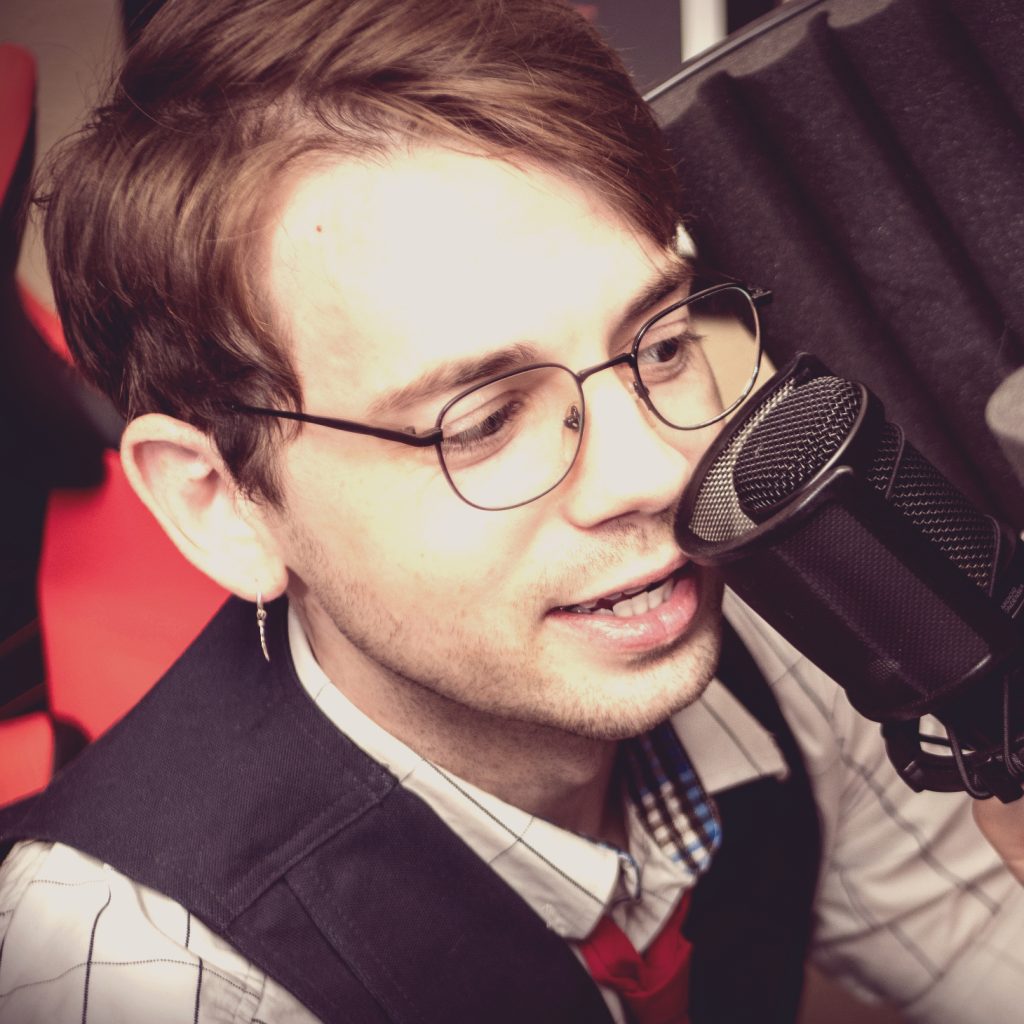Music Philosophy
We'll spare you sitting through a discourse on several hundred years of history. To simplify: Opera, once considered by many to be the "ultimate artform", eventually came to evolve (thanks to innovations in technology) into a new artform called Film, which, as we all know, hit its peak in 1986 with the release of Highlander. Film has in turn given birth what we call Video Games. These are this generation's "ultimate artform", comprising nearly all other artforms (writing, design, music, etc.) with the added component of participation. They are a hugely collaborative effort, often requiring years to craft.
Where does music come into play? Well not to beat a shrieking horse, but again, this all came from Opera. And just as code is meant to instruct circuits, music means to guide and accentuate Human emotion. It helps us to feel a particular way about an environment, character, situation, or idea.
Leitmotifs, or those catchy little recurring melodies:
- serve as memory triggers to remind the player of earlier ideas,
- intentionally get stuck in the player's head and help to keep them thinking about the game, and
- make excellent nostalgia fuel. Eventually.
Cheap, nasty trick? Maybe. But frankly we all love it.
